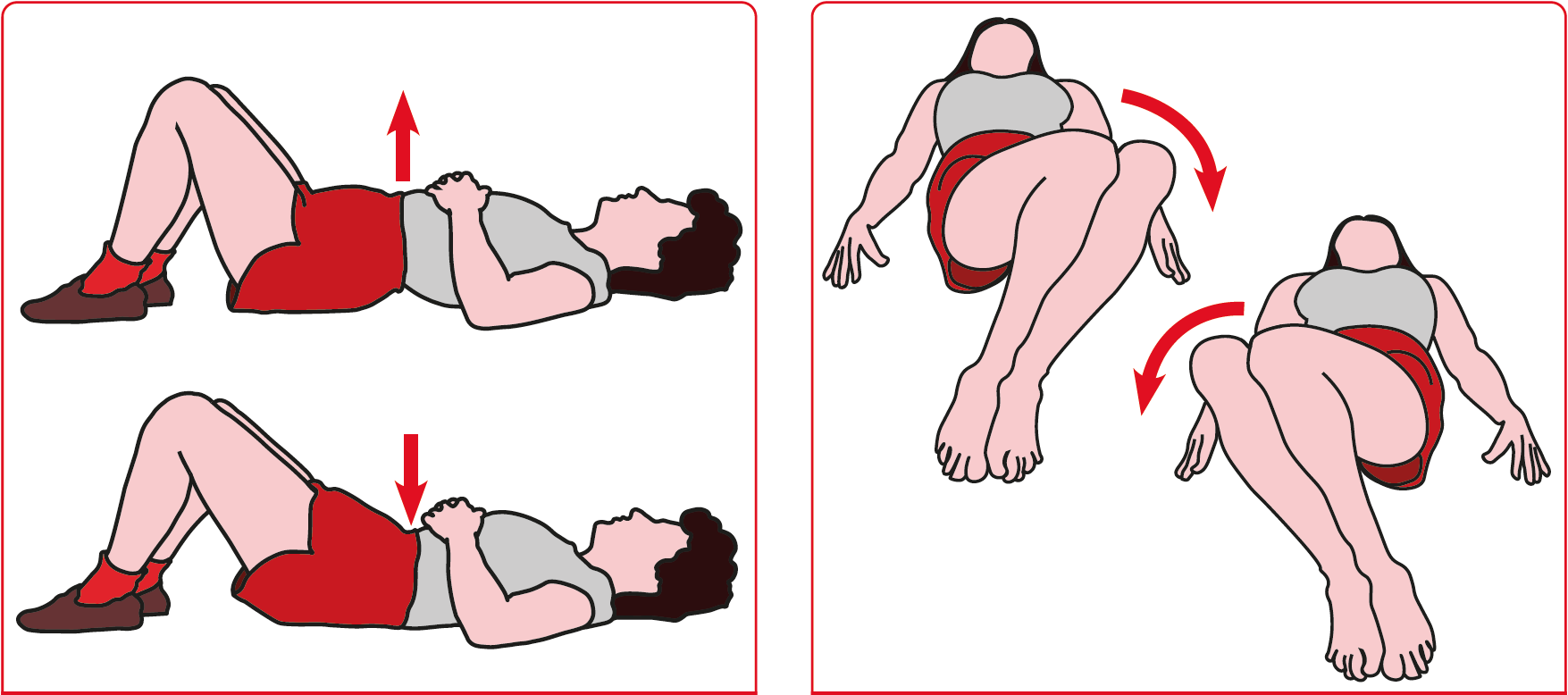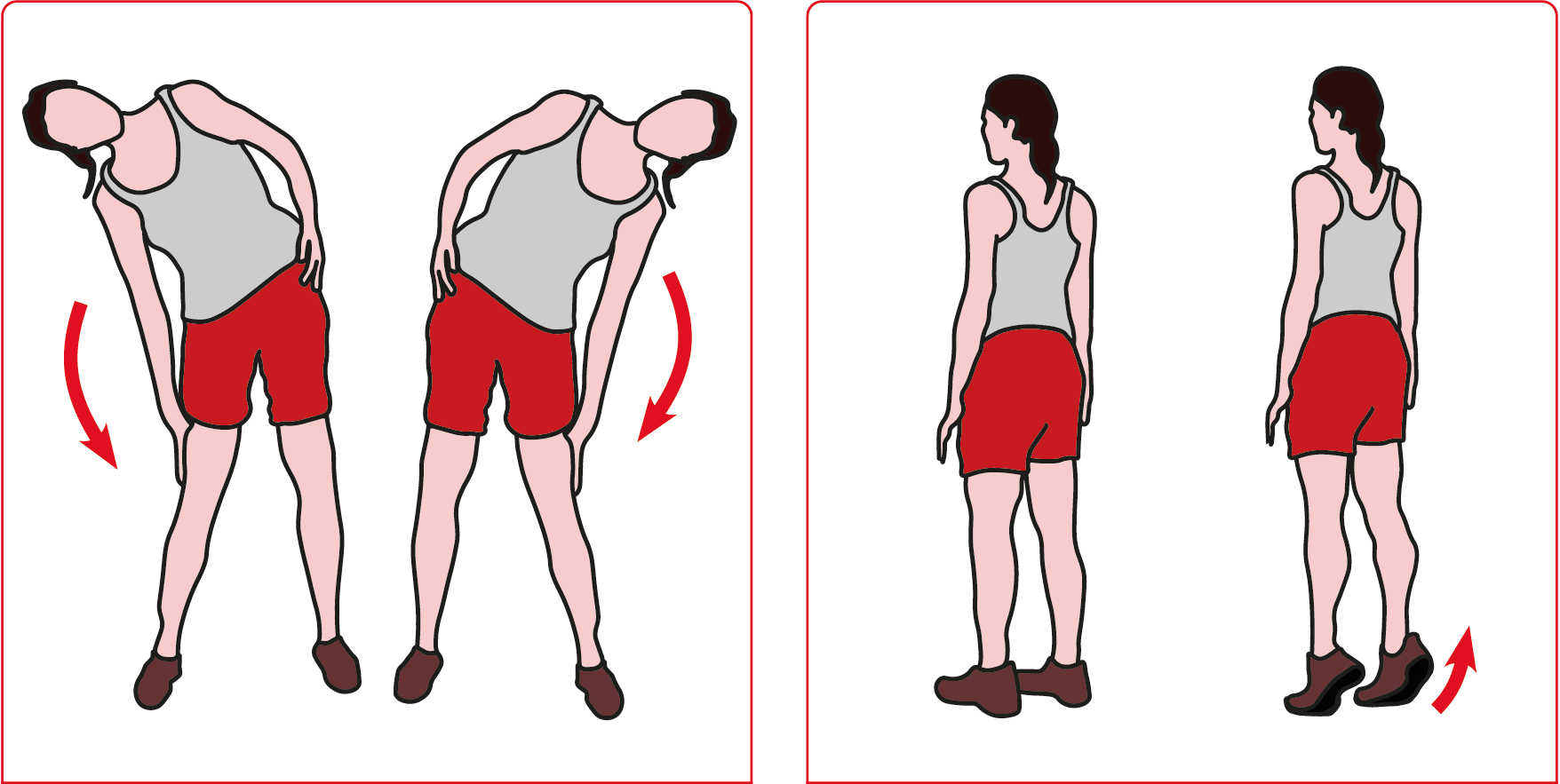It is important to undertake exercise to maintain general health. After a stoma is first formed, people are recommended light exercise, such as walking. However, in the longer term, knowing what to do can be difficult for people with a stoma. There are no exact rules with resuming exercise and activities after stoma formation, as everyone’s needs are individual. Several factors can affect general fitness before surgery such as the intensity of pain. If in doubt it is best to speak to your surgeon, specialist stoma nurse or GP as they can assess you personally.
After surgery
In general, people are advised to be careful lifting heavy objects for up to 3 months after their stoma is first formed. However, for some people this time can be dramatically shortened. Heavy lifting can include picking up children or heavy shopping. It is generally accepted that an item heavier than a kettle of water should not be lifted after the initial surgery.
Safe exercises with a stoma
After discharge from surgery, it is good to try to walk every day and to increase the distance walked each time. For people having cancer treatment, exercise is actively encouraged, as it can help with fatigue. Generally, it is safe to undertake core strengthening exercises 3 months after stoma forming surgery, with permission from the surgeon. Core strengthening exercises that are appropriate to start with include pelvic tilts and knee rolls (see images).
‘Exercise is actively encouraged’
One worry about exercise with a stoma is that it will cause pain or damage to the area. It is common to have a bulge around the stoma or a parastomal hernia. It is uncertain if a hernia can be prevented, but undertaking core strengthening exercises is likely to help support the muscles around the stoma and reduce the risk.
In the longer-term, most exercise and sport can be undertaken. Swimming with a stoma is appropriate, though there are some precautions you may wish to take. Before going swimming with a stoma, it may help to empty the appliance (if it is drainable) and ensure that it is well stuck on. If you are worried about people noticing the appliance under your swimwear, consider patterned swimwear
- For women, ruched fronts on a one-piece suit can aid discretion
- For men, higher-waisted shorts can be used
- For children, full swimsuits are available
Contact sports can be undertaken. If there is risk of damaging the stoma during the sport, there are stoma shields available. Stoma shields are available on prescription and are held in place over the stoma appliance with a thin elastic belt. The shield is made of firm plastic, which will protect the stoma from accidental damage.

Exercise 1: Pelvic tilt
- Lie with your knees bent and feet on floor
- Breathe in and relax your upper body
- Breathe out and gently arch spine upwards
- Breathe in at the end of the pelvic tilt
- Breathe out and gently flatten spine
Perform three times; do not try to get too high; keep hold of pelvic muscle while moving
Exercise 2: Knee roll
- Lie on your back with your arms to the sides
- Breathe in and out
- Roll knees to one side, not touching the floor
- Breathe in and briefly hold this position
- Breathe out and bring knees back up
Perform three times for each side; keep shoulder blades on the floor
Using support garments
Another way that people can support their abdominal muscles is to wear a support garment. Support garments can be in the form of elasticated underwear or support belts. A support garment is worn under clothes and on top of stoma appliances. Many people find that wearing a support garment when undertaking physical activity can be useful. Support garments can make people feel more secure and that they are protecting their muscles. However, some people report that support garments can be difficult to use. Those with arthritis in their hand may find difficulties with pulling up support underwear or fastening a support belt. Other people report that wearing a support belt can be uncomfortable in hot weather. Support garments can be available on prescription, but it is ideal to contact your specialist stoma nurse for more information.
‘Support garments can be available on prescription’

Exercise 3: Standing side bend
- Stand with arms down and shoulders relaxed
- Breathe in and imagine standing taller
- Breathe out, gently lean to the side without pushing hips out and slide hand down thigh
- Breathe in and come back to standing
Perform three times for each side; don’t lean forward; imagine standing between two walls
Exercise 4: Calf raises
- Stand tall, keeping arms down and shoulders relaxed
- Breathe in and push up on your toes
- Breathe out, enage your pelvic floor and slowly lower yourself down
Perform five times; try not to lean forward; imagine rising up in a straight line
Social media and a stoma
There are many people on social media who post themselves playing sports, such as @TeamColostomyUK on Twitter. Blake Beckford, an ambassador for ulcerative colitis and bowel disease, described his exercise journey after surgery on social media. He waited until a few months after his operation to undertake further physical exercise. Blake enjoys walking, jogging and swimming, as well as using the gym. Within a year of his operation, Blake had improved his physical fitness and developed a six-pack, and this is often difficult to achieve with an ostomy, as the surgery is in the abdominal region.
If in doubt, speak out
Many stoma organisations and associations have websites that include information about exercises. These include Colostomy UK, Urostomy Association and Ileostomy and Internal Pouch Association. If in doubt, speak to your stoma specialist nurse for more advice.
‘speak to your stoma specialist nurse’
Jennie Burch is Head of Gastrointestinal Nurse Education at St Mark’s Hospital in London

